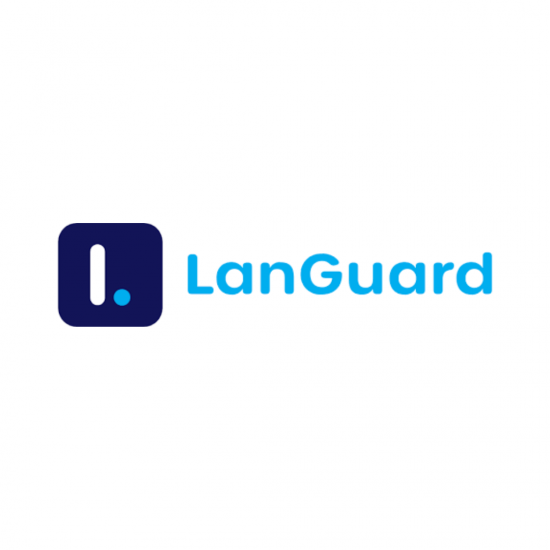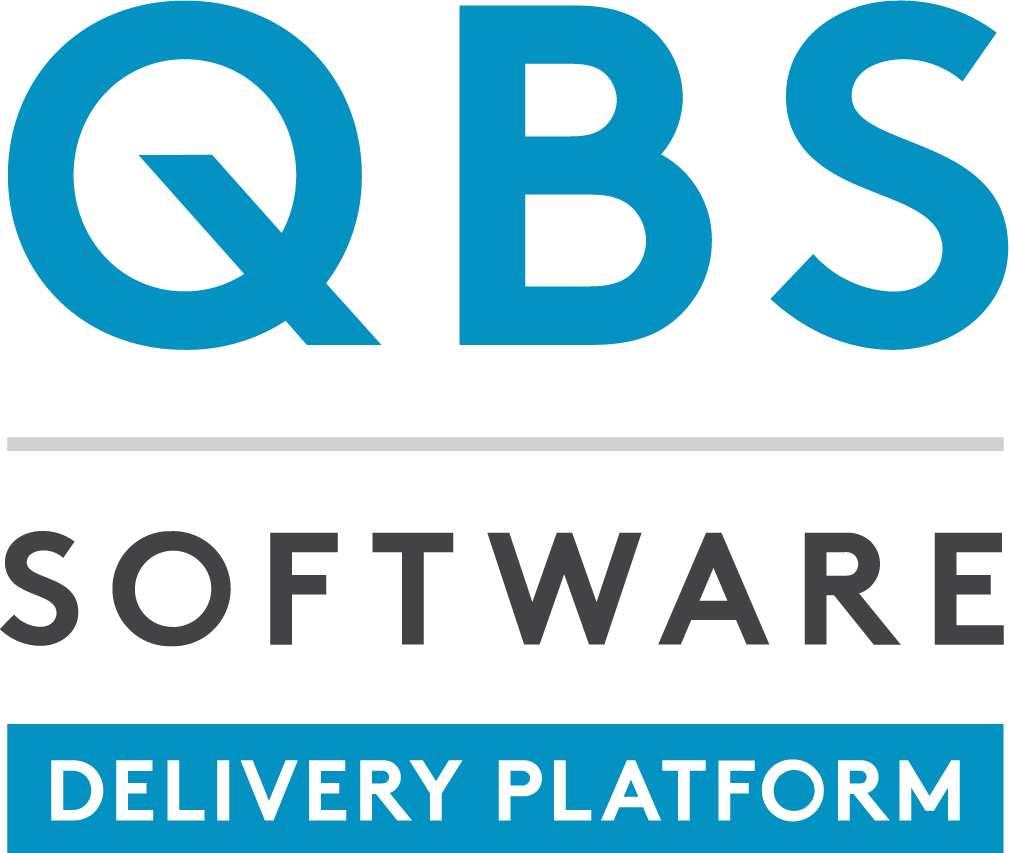
Need more information on this product?
Please contact us on +44 (0)20 8733 7100 or via our online form.
If you are not currently a customer, you can apply for an account.
GFI LanGuard allows you to scan, detect, assess and rectify security vulnerabilities in your network and connected devices. Providing a complete picture of your network and helping maintain security with minimal effort.
GFI LANguard benefits:
- Centralised patch management, vulnerability assessment and network auditing
- Automated patching for Microsoft, Mac OS X, Linux operating systems and third-party applications
- Over 60,000 vulnerability assessments carried out across networks, including computers, smartphones, tablets, printers, routers, switches and virtual environments
- Assists with PCI DSS compliance and other security regulations (e.g., HIPAA, CIPA, SOX, GLB/GLBA, PSN CoCo)
LANguard - Features
Key Features:
- Patch management for operating systems
GFI LanGuard enables complete patch management of security and non-security patches
to Microsoft operating systems, Mac OS X, major Linux distributions and third-party applications. It can also automate patching for all major web browsers too.It supports many popular third-party applications such as Apple QuickTime®, Adobe® Acrobat®, Adobe® Flash® Player, Adobe® Reader®, Shockwave® Player, Mozilla Firefox®, Mozilla Thunderbird®, Java™ Runtime and many more.
- Vulnerability assessment
Security audits check for over 60,000 vulnerability assessments using an extensive, industrial strength vulnerabilities database incorporating OVAL (11,500+ checks) and SANS Top 20 standards. Innovative agent technology allows the scanning and remediation load to be distributed
across machines. Particularly useful in enterprise networks.
Innovative agent technology allows the scanning and remediation load to be distributed across machines. Particularly useful in enterprise networks.
Vulnerability scans are multi-platform (Windows, Mac OS, Linux™) and virtual machines are also supported. Additionally, GFI LanGuard can audit smart phones and tablets, printers, switches and routers from manufacturers such as HP, Cisco®, 3Com, Dell, SonicWALL, Juniper, NETGEAR, Nortel, Alcatel, IBM D-Link and Linksys.
A graphical threat level indicator provides an intuitive, weighted assessment of the vulnerability status of your infrastructure. Any detected vulnerabilities can be managed by selecting to remediate, ignore, acknowledge or re-categorise as appropriate.
- Network auditing
Once you have scanned for vulnerabilities and patched your systems, you can use the GFI LanGuard auditing function to learn everything about your network’s security status.
Audits can include checking for connected USB devices, smartphones and tablets, software types and versions, the number of open shares, open ports, weak passwords, users or groups no longer in use and the security health status of Linux systems on your network.
- Dashboards
Along side the standard GFI LanGuard product interface, the product also includes a web based reporting interface that allows administrators to be able to check the status of their network security from any Internet connected device in the world.
Customers with large networks can install multiple GFI LanGuard instances and one Web Console that provides centralised view and aggregated reporting across all instances. This allows for virtually unlimited scalability. It also integrates directly with Active Directory for credentials and authentication and customers can configure different users with different
usage rights.
GFI LanGuard also supports extensive reporting, including technical,managerial and compliance standard-specific reports (PCI-DSS, HIPAA, CIPA, SOX, etc.).
- Web reporting console:Web based reporting for ease of use, centralised reporting and scalability.
- Track latest vulnerabilities abd missing updates: Features an extensive, industrial strength vulnerabilities database.
- Integration with security applications: Helps ensure third-party security applications offer optimum protection.
- Network device vulnerability checks: Vulnerability assessment for a wide range of networked devices such as switches, routers, access points and and printers.
- Network and software auditing: GFI LanGuard shows detailed information about the hardware configuration of all the scanned machines on your network.
- Powerful interactive dashboard: GFI LanGuard has a powerful and interactive dashboard that processes all security audits ever made to the network.
- Support for virtual environments: Organisations that use or plan to use virtualisation on their network can install and use a range of GFI products with confidence.
LANguard - System Requirements
Hardware Requirements:
| 1 to 99 | 100 to 499 | 500 to 3000* | |
| Processor | 2 GHz Dual Core | 2.8 GHz Dual Core | 3 GHz Quad Core |
| Physical Storage | 5GB | 10GB | 20GB |
| Memory | 2GB | 4GB | 8GB |
| Network Bandwidth | 1544kbps | 1544kbps | 1544kbps |
*Note: if you are looking to manage 2000+ seats of GFI LanGuard we recommend that you contact us for pricing as well as suggestions regarding the proper management and deployment of this solution.
System requirements: Software
Supported operating systems (x86 or x64):
- Microsoft Windows Server 2016 Standard/DataCenter
- Microsoft Windows Server 2012 (including R2) Standard/Enterprise
- Microsoft Windows Server 2008 (including R2) Standard/Enterprise
- Microsoft Windows 10 Pro/Enterprise
- Microsoft Windows 8/8.1 Pro/Enterprise
- Microsoft Windows 7 Professional/Enterprise/Ultimate
- Microsoft Windows Vista Business/Enterprise/Ultimate
- Microsoft Small Business Server 2011
Other server components
The following components are required to be installed on the server where GFI LanGuard is installed:
- Microsoft .NET Framework 4.5.1
Supported databases
- Microsoft SQL Server 2008 R2 or later
- Microsoft SQL Server Express Edition 2008 R2 or later (free version)
Note: It is recommended that database files are stored on fast disks such as SSD for optimal performance.

